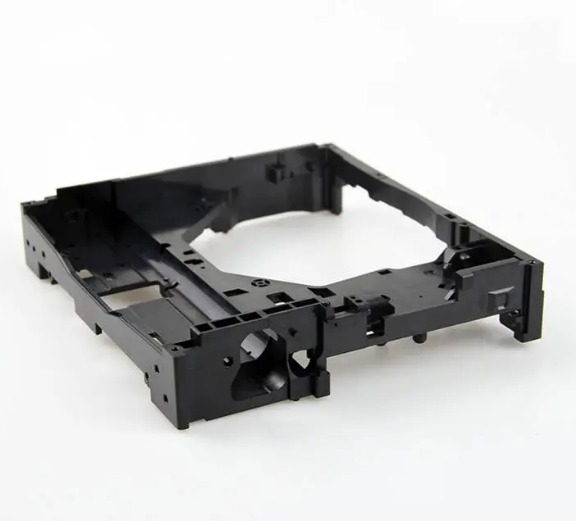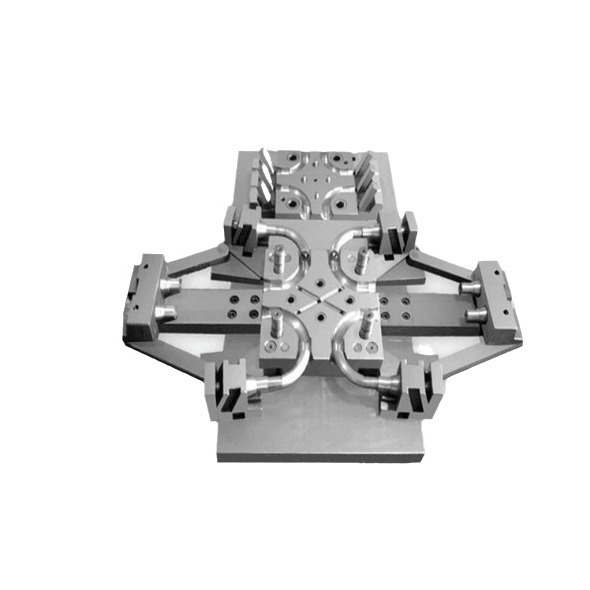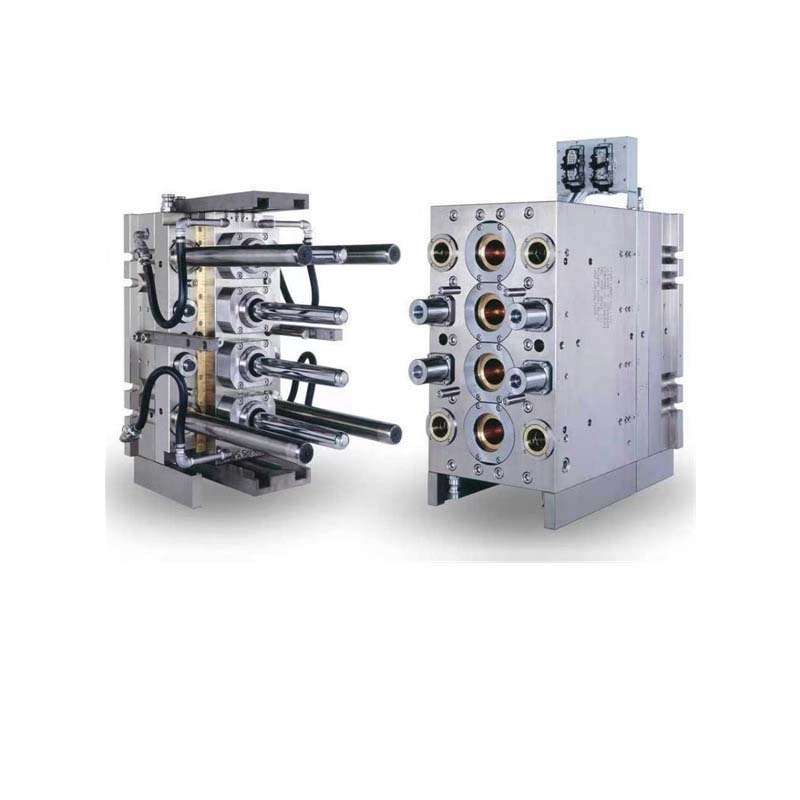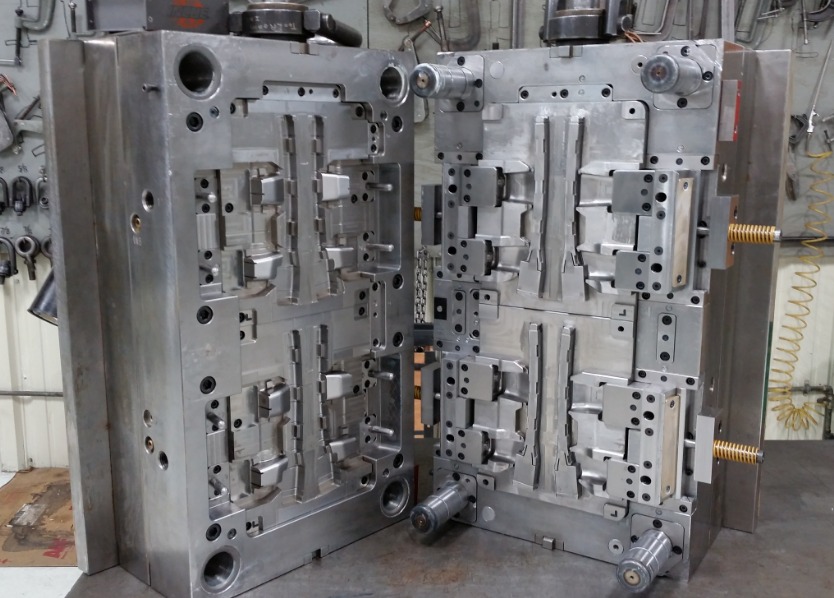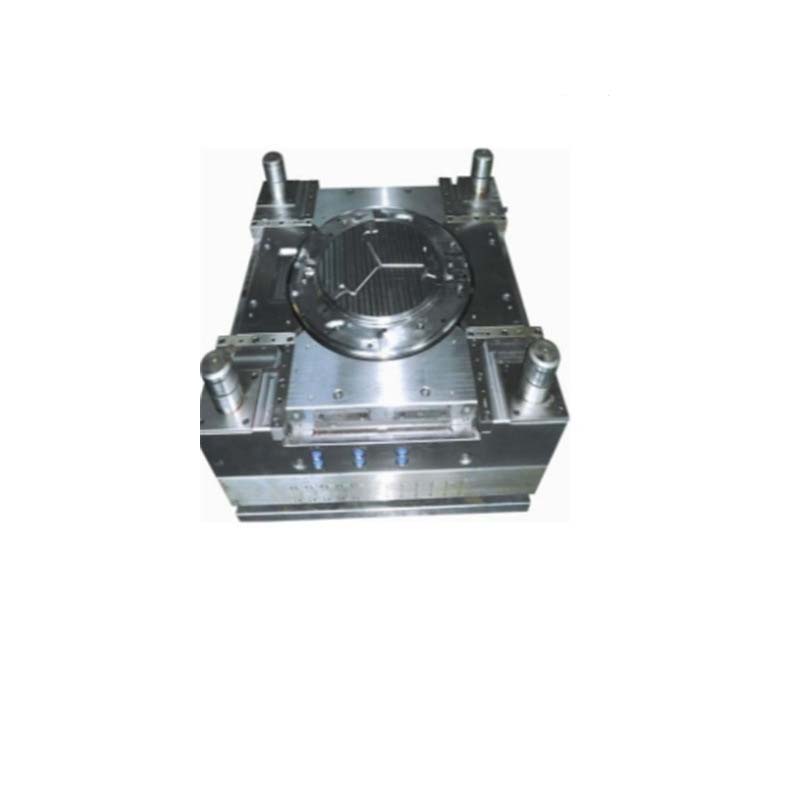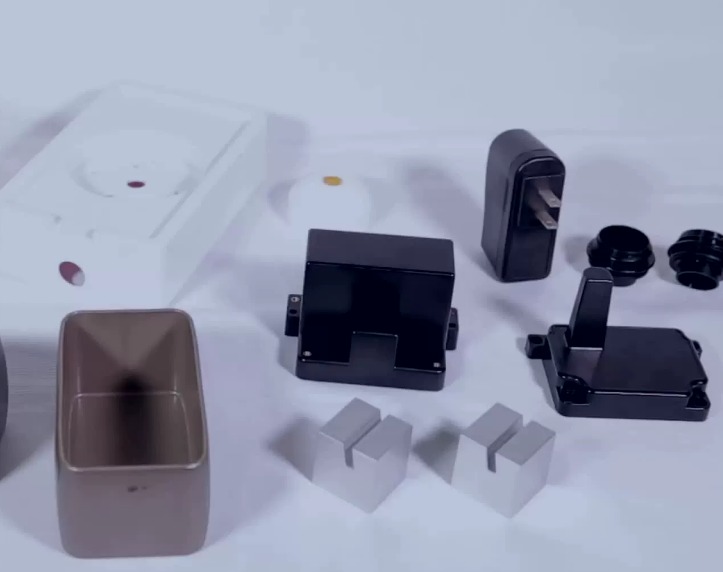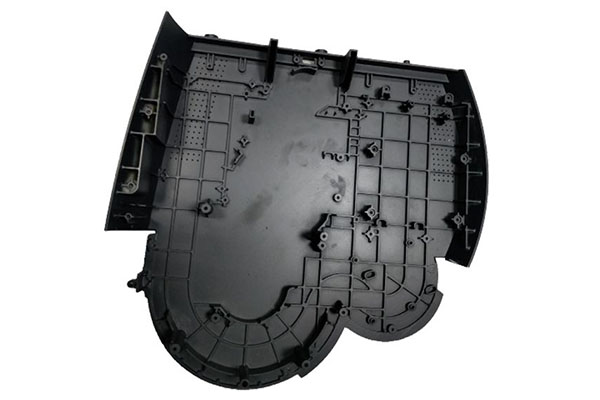The Significance of Plastic Moulds
Plastic moulds play a pivotal role in modern manufacturing, acting as the cornerstone for the production of a vast array of plastic products. Their importance can be seen across multiple industries, each relying on plastic moulds to create components that are integral to their products.
In the automotive industry, plastic moulds are used to manufacture a wide range of parts, from interior components like dashboards, door panels, and seat covers to exterior parts such as bumpers and body panels. For example, a typical car contains hundreds of plastic parts, and each of these parts is likely to have been produced using a plastic mould. The use of plastic moulds in the automotive industry allows for the mass production of parts with consistent quality, high precision, and complex shapes, which is crucial for meeting the demands of modern vehicle design and production. According to industry reports, the automotive plastic mould market is expected to grow steadily in the coming years, driven by the increasing use of lightweight plastics in vehicle manufacturing to improve fuel efficiency and reduce emissions.
The electronics industry is another major consumer of plastic moulds. In the production of smartphones, tablets, laptops, and other electronic devices, plastic moulds are used to create the outer casings, internal components, and connectors. These moulds enable the production of parts with tight tolerances, ensuring the proper fit and function of electronic components. For instance, the slim and sleek designs of modern smartphones would not be possible without the precision and flexibility offered by plastic moulds. The demand for plastic moulds in the electronics industry is constantly increasing, driven by the rapid pace of technological innovation and the need for smaller, more powerful devices.
The packaging industry also heavily relies on plastic moulds to produce various types of containers, bottles, caps, and packaging components. Plastic moulds allow for the efficient production of packaging solutions that are not only functional but also visually appealing. For example, the unique shapes and designs of many consumer product packaging are made possible through the use of plastic moulds. This helps companies to differentiate their products in the market and attract consumers. The packaging plastic mould market is projected to grow significantly, driven by the increasing demand for sustainable and lightweight packaging solutions.
In addition to these industries, plastic moulds are also used in the production of toys, household appliances, medical devices, and many other consumer and industrial products. Their versatility, cost - effectiveness, and ability to produce high - quality parts in large quantities make them an indispensable tool in modern manufacturing processes.
Understanding Heat Treatment in Plastic Moulds
Basics of Heat Treatment for Plastic Moulds
Heat treatment is a crucial process in plastic mould manufacturing, which significantly impacts the performance and lifespan of the moulds. It involves a series of heating and cooling operations to alter the microstructure and properties of the mould materials.
Annealing: Annealing is a common heat treatment process. During annealing, the plastic mould is heated to a specific temperature, typically above the recrystallization temperature of the material, and then slowly cooled. The purpose of annealing is to relieve internal stresses that may have been introduced during the mould - making process, such as stresses from machining, forging, or casting. For example, if a mould has been machined with high - speed cutting tools, it can cause internal stresses. Annealing can reduce these stresses, making the mould more dimensionally stable. This process also improves the ductility of the material, which is beneficial when further processing or modification of the mould is required.
Quenching: Quenching is another important heat treatment method. The mould is heated to a high temperature, usually close to the critical temperature of the material, and then rapidly cooled, often by immersion in a quenching medium like oil or water. The rapid cooling during quenching transforms the microstructure of the metal, increasing its hardness and strength. For instance, in the case of some alloy steels used for plastic moulds, quenching can enhance their wear - resistance, making them more suitable for high - volume production where the mould is constantly in contact with molten plastics. However, improper quenching can lead to excessive internal stresses, causing the mould to crack or distort.
Ideal Heat Treatment Parameters
- Temperature: The heating temperature is a critical parameter. For most common plastic mould steels, such as P20 and 718, the annealing temperature usually ranges from 650°C - 700°C. If the annealing temperature is too low, the internal stresses may not be fully relieved, and the material's ductility improvement will be limited. On the other hand, if the temperature is too high, it can cause grain growth, which may reduce the mechanical properties of the mould. During quenching, the austenitizing temperature (the temperature at which the steel is fully transformed into austenite) is typically around 850°C - 900°C for these steels. Deviating from this temperature range can result in incomplete austenite formation, leading to inconsistent hardness and strength after quenching.
- Time: The time spent at the target temperature during both heating and cooling stages is also vital. During annealing, the holding time at the annealing temperature depends on the size and thickness of the mould. Generally, for a small - to - medium - sized mould, a holding time of 1 - 3 hours is common. If the holding time is too short, the internal stresses may not be evenly distributed and relieved. In quenching, the holding time at the austenitizing temperature should be carefully controlled to ensure complete austenite formation without excessive grain growth. A typical holding time might be 30 - 60 minutes.
- Cooling Speed: The cooling speed is a key factor, especially during quenching. A fast - cooling speed, as in water quenching, can result in high hardness but also high internal stresses. Oil quenching, with a relatively slower cooling speed compared to water quenching, can achieve a balance between hardness and internal stress levels. For example, in some precision plastic moulds, oil quenching is preferred to avoid cracking due to excessive stress while still obtaining sufficient hardness for the mould's working requirements.
The Domino Effect of Improper Heat Treatment
Structural Degradation
Improper heat treatment can lead to severe structural degradation within plastic moulds. When the heating temperature during annealing is too high or the holding time is excessive, it can cause abnormal grain growth. For example, in a case study of a plastic mould made of P20 steel, if the annealing temperature exceeds 720°C instead of the optimal 650 - 700°C range, the grain size can increase by up to 50% compared to the normal condition. This results in a coarse - grained structure, which is more prone to crack initiation and propagation.
In addition, uneven heating or cooling during heat treatment can lead to non - uniform microstructure. For instance, in large - sized plastic moulds, if the quenching process is not carried out uniformly, some areas may have a martensitic structure while others have a mixture of martensite and ferrite. This inhomogeneity weakens the overall integrity of the mould, making it less reliable during the plastic - injection process.
Mechanical Property Deterioration
The mechanical properties of plastic moulds are significantly affected by improper heat treatment. Research has shown that when the quenching temperature is too low, the hardness of the mould steel can be reduced by 20 - 30 HRC (Rockwell Hardness Scale). For example, for a 718 steel mould, the normal hardness after proper heat treatment should be around 30 - 35 HRC. But if the quenching temperature is 100°C lower than the required 850 - 900°C, the hardness may drop to 20 - 25 HRC. This decrease in hardness means that the mould will wear out more quickly during the production process as it cannot withstand the frictional forces exerted by the molten plastics.
The strength of the mould also decreases. Tensile strength tests on moulds with improper heat treatment have indicated a reduction of 15 - 20% compared to properly treated ones. A lower - strength mould is more likely to deform or break under the high - pressure conditions during plastic injection. Moreover, the toughness of the mould, which is crucial for resisting impact forces, can be severely compromised. An improper heat - treatment process may reduce the impact toughness by 30 - 40%, increasing the risk of sudden failure during operation.
Accelerated Wear and Shorter Lifespan
The following table clearly shows the differences in wear speed and lifespan between normally heat - treated and improperly heat - treated plastic moulds:
| Heat Treatment Condition | Wear Speed (mm/1000 cycles) | Lifespan (Number of Cycles) |
| Normal | 0.01 - 0.03 | 500,000 - 800,000 |
| Improper | 0.05 - 0.1 | 100,000 - 300,000 |
As shown in the table, improperly heat - treated moulds have a much higher wear speed, which means they will show signs of wear and tear much earlier. Their significantly shorter lifespan not only increases the production cost due to more frequent mould replacements but also disrupts the production schedule, causing potential losses in productivity and revenue for manufacturers.
Yigu Technology's Perspective
As a non - standard plastic metal products custom Supplier, Yigu Technology deeply understands the criticality of proper heat treatment in plastic mould production. We attach great importance to this issue and have implemented strict quality control measures in our manufacturing process.
Our professional team of engineers and technicians adheres to precise heat - treatment procedures, carefully controlling parameters such as temperature, time, and cooling speed. By using advanced equipment and following industry - best practices, we ensure that each plastic mould undergoes the optimal heat - treatment process. This meticulous approach enables us to avoid the problems caused by improper heat treatment, such as structural degradation, mechanical property deterioration, and dimensional instability. As a result, we can provide our customers with high - quality plastic moulds that have excellent performance and a long lifespan, meeting their various production needs and contributing to the success of their projects.

